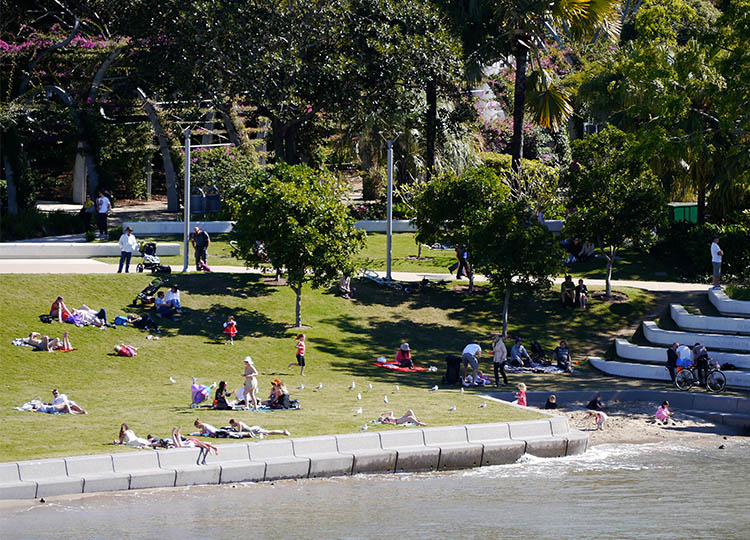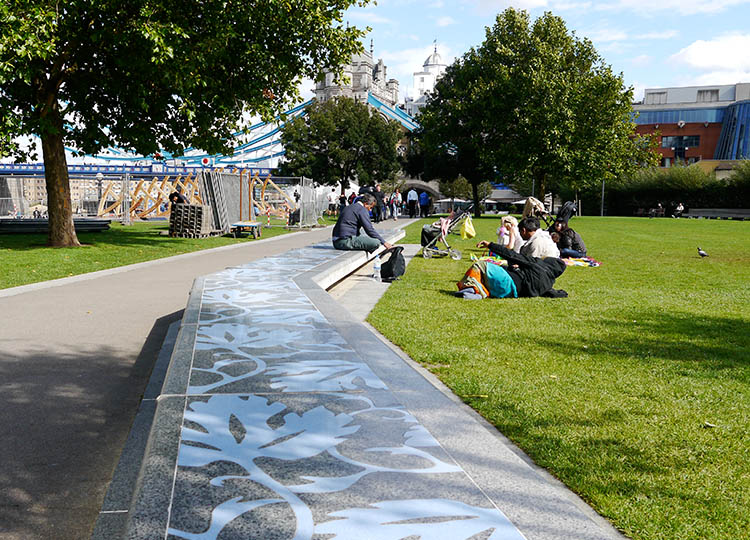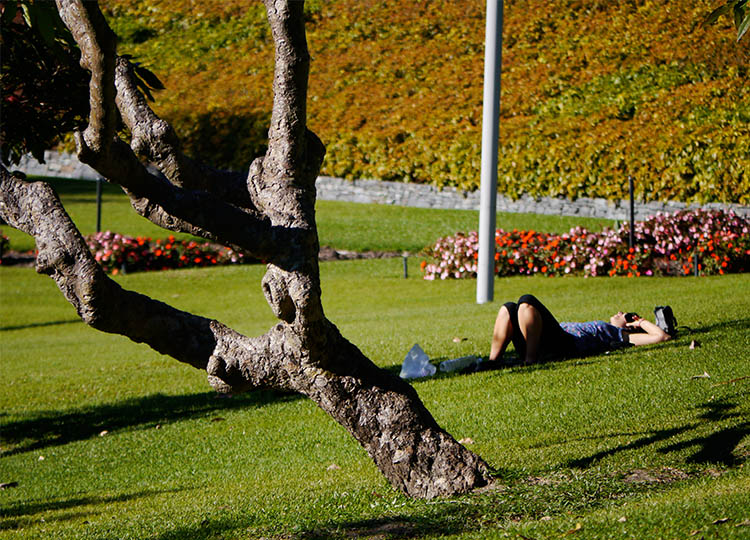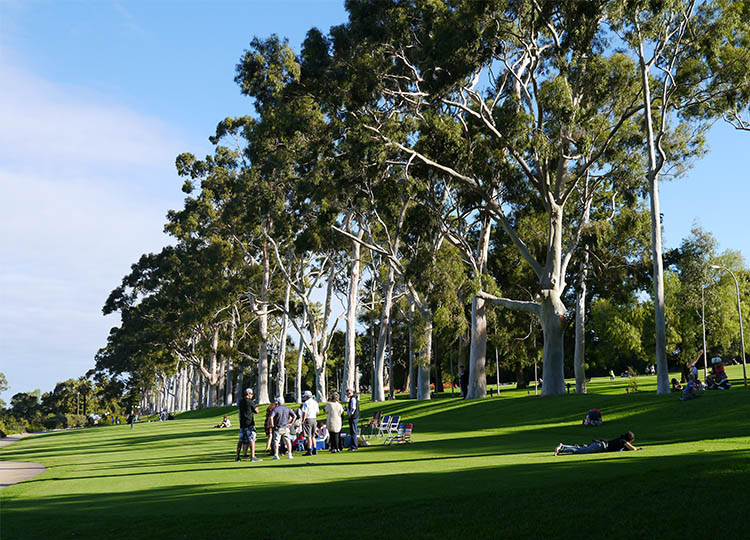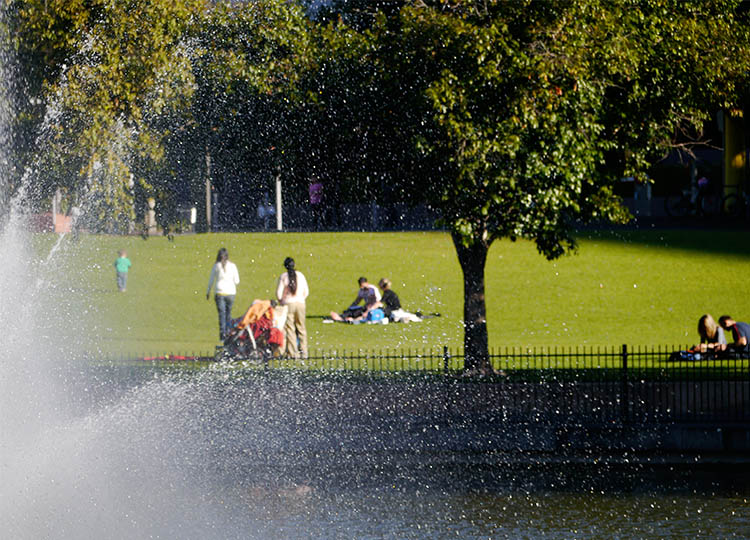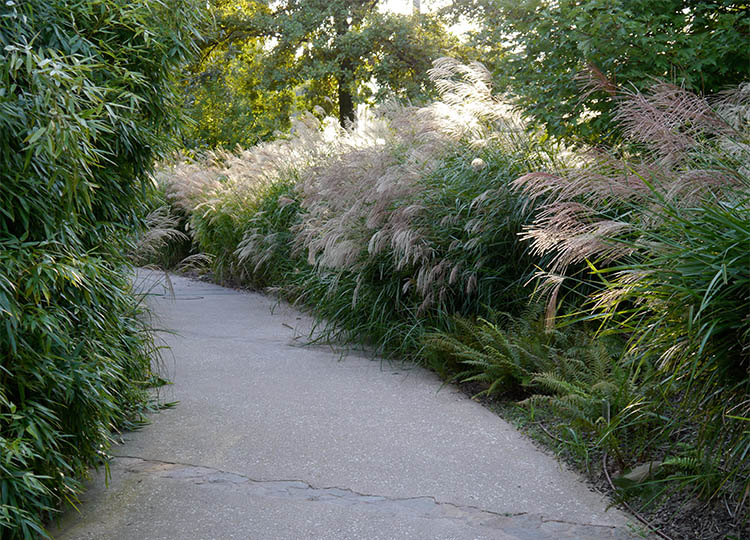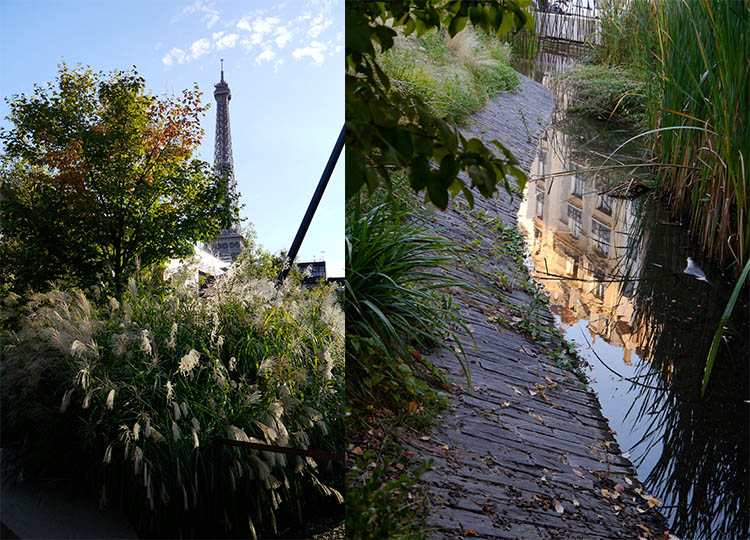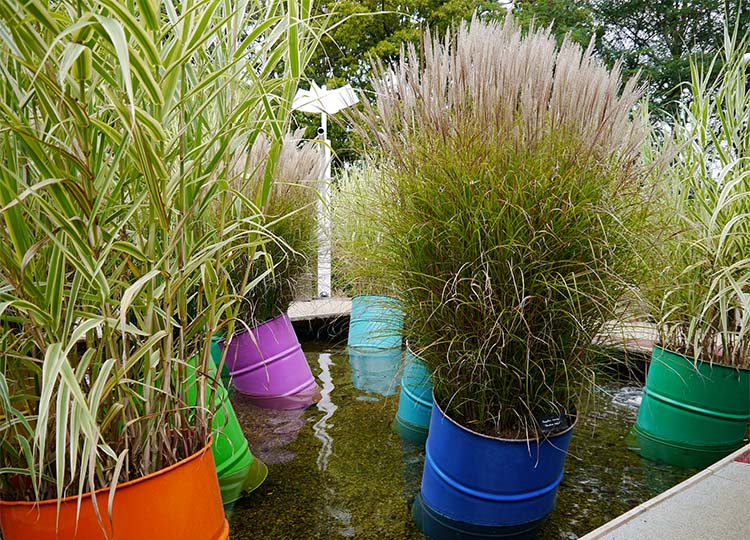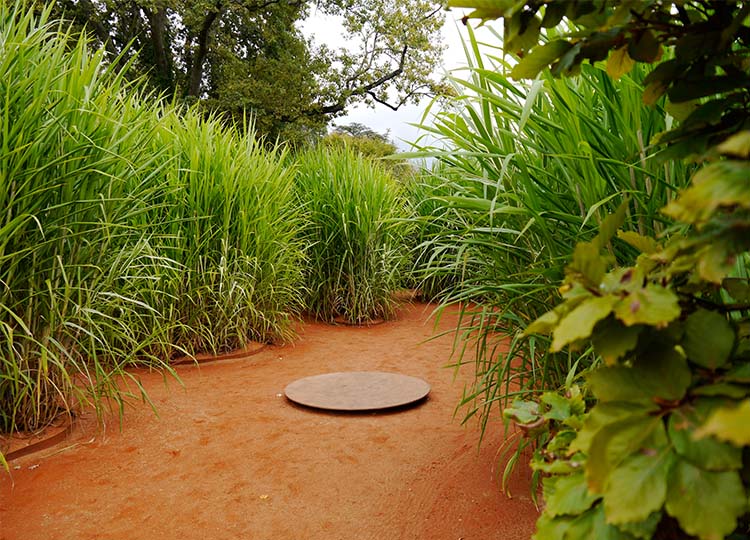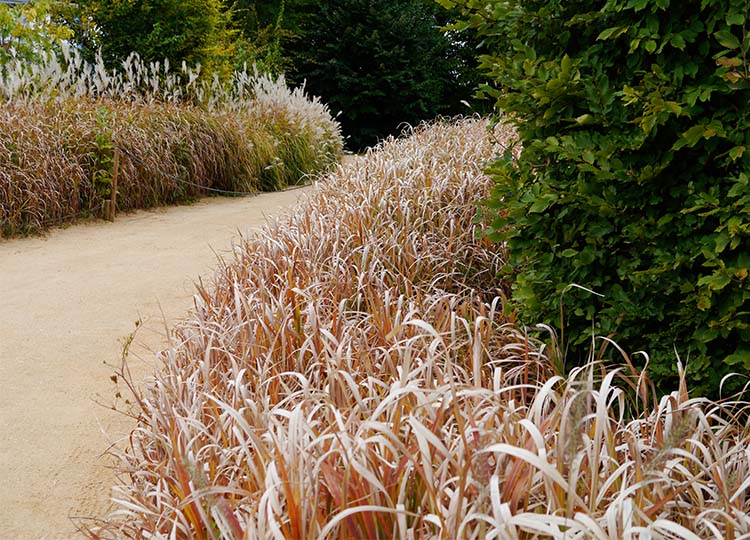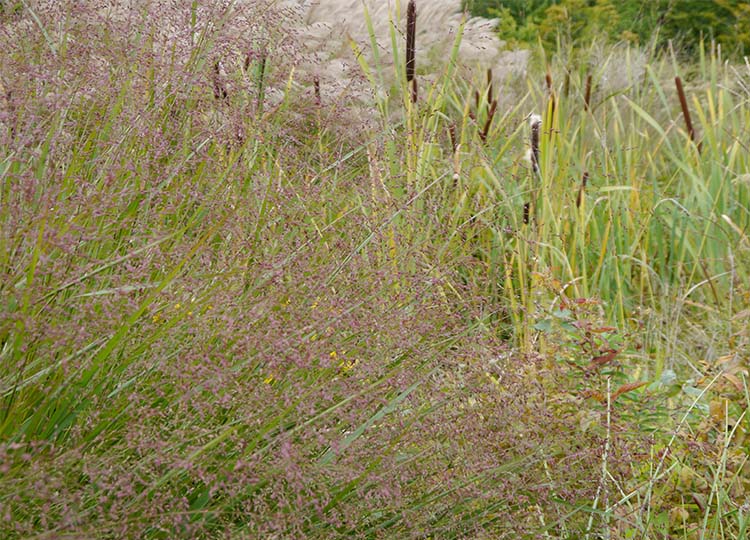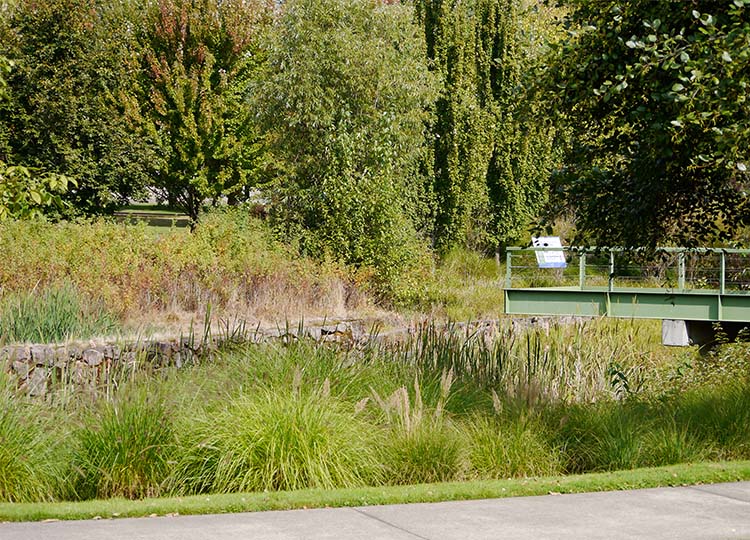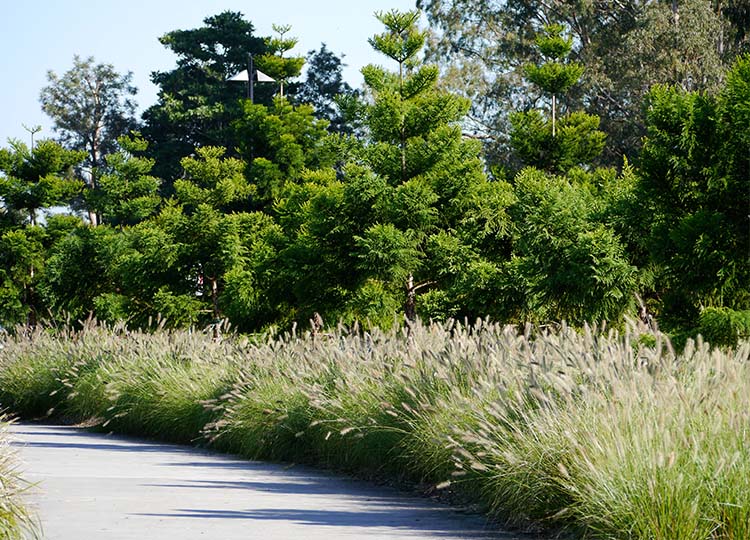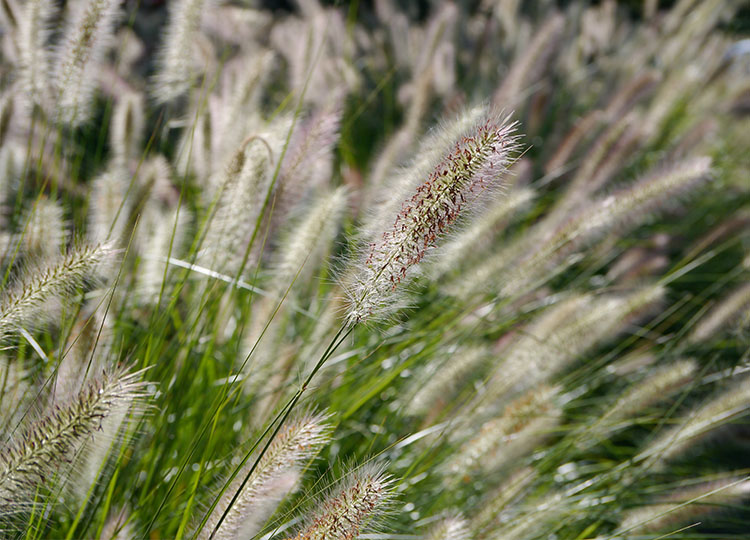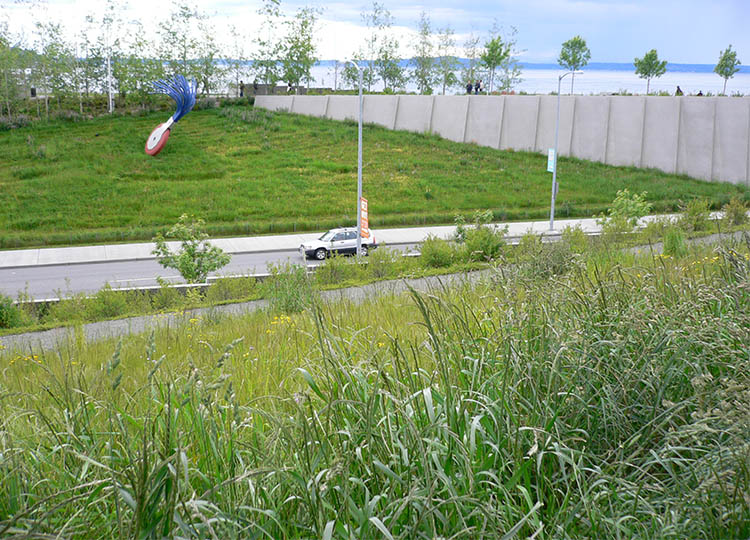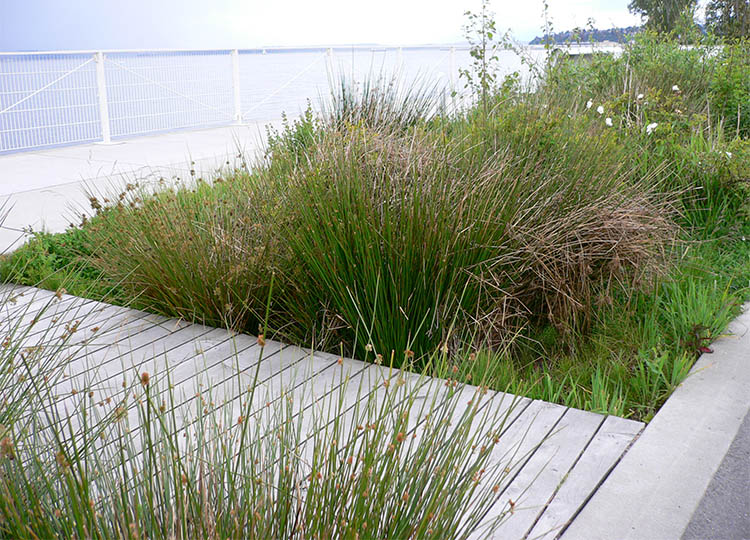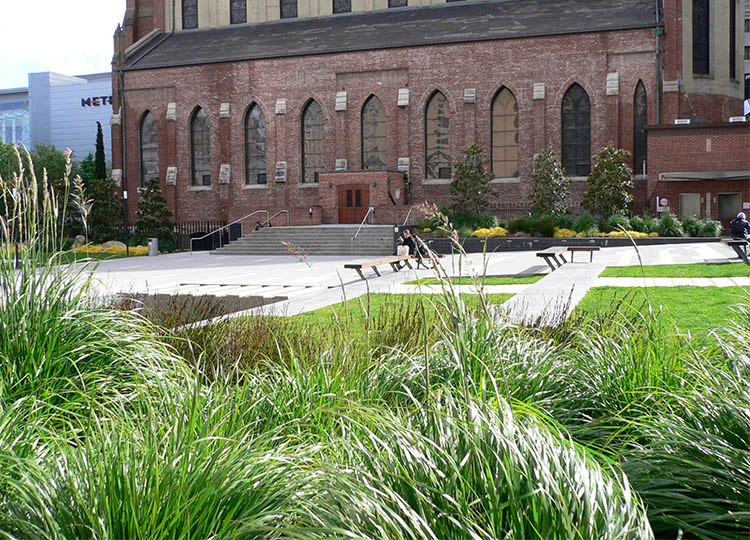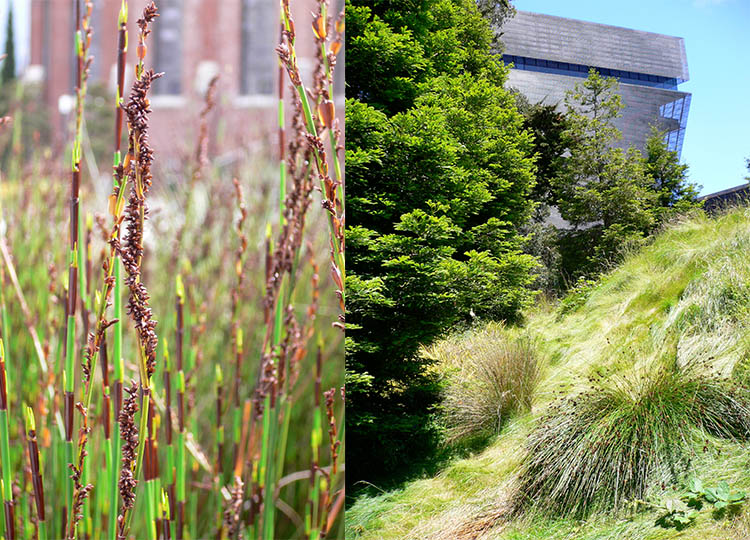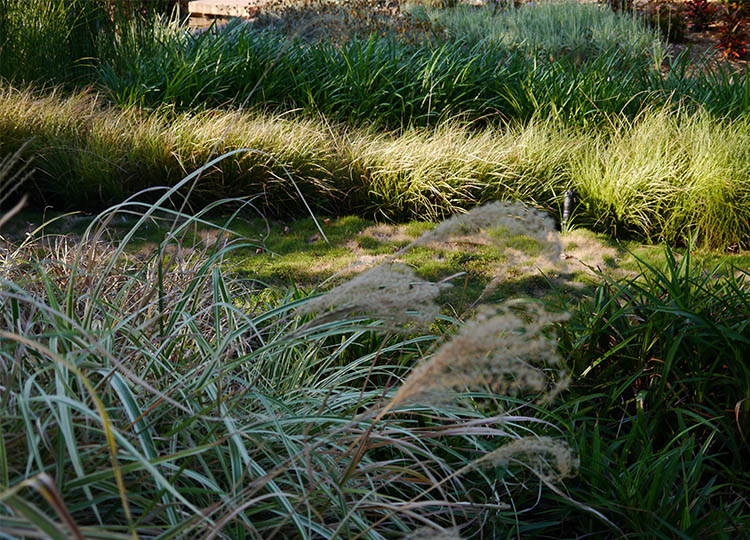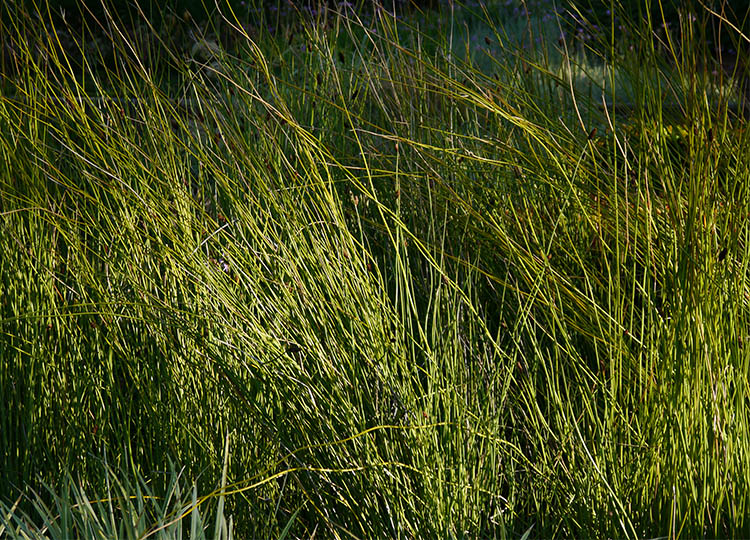Although Elsie’s Dad laughed off the photos, her Mum, like many at the time, was quite taken with ideas of the supernatural.
After attending a lecture on spiritualism she showed the photos to the speaker, to get his opinion on their veracity.
He took them to the leader of the Theosophical movement, who in turn asked a leading photographer to examine them.
Having been declared “genuine, unfaked photographs” they rocketed through the British spiritualist crowd, quickly gaining the attention of Conan Doyle, who not only encouraged the girls to take more photos of the fairies but also wrote an article in their defence for The Strand magazine.
To those of us living in an era of photoshop and instagram filters the pictures of the Cottingley Fairies are blatantly staged.
(Curiously, the word blatant, is said to have been coined by Edmund Spenser in his epic poem The Fairie Queene to describe a thousand-tongued monster representing slander. The meaning of the word changed over time, until 1889 when it settled in as "noisy in an offensive and vulgar way.”)
Nonetheless, the girls stuck to their story until 1981, when Elsie finally admitted the fairies were paper cutouts, copied from images in a book and secured in place with hat pins.











